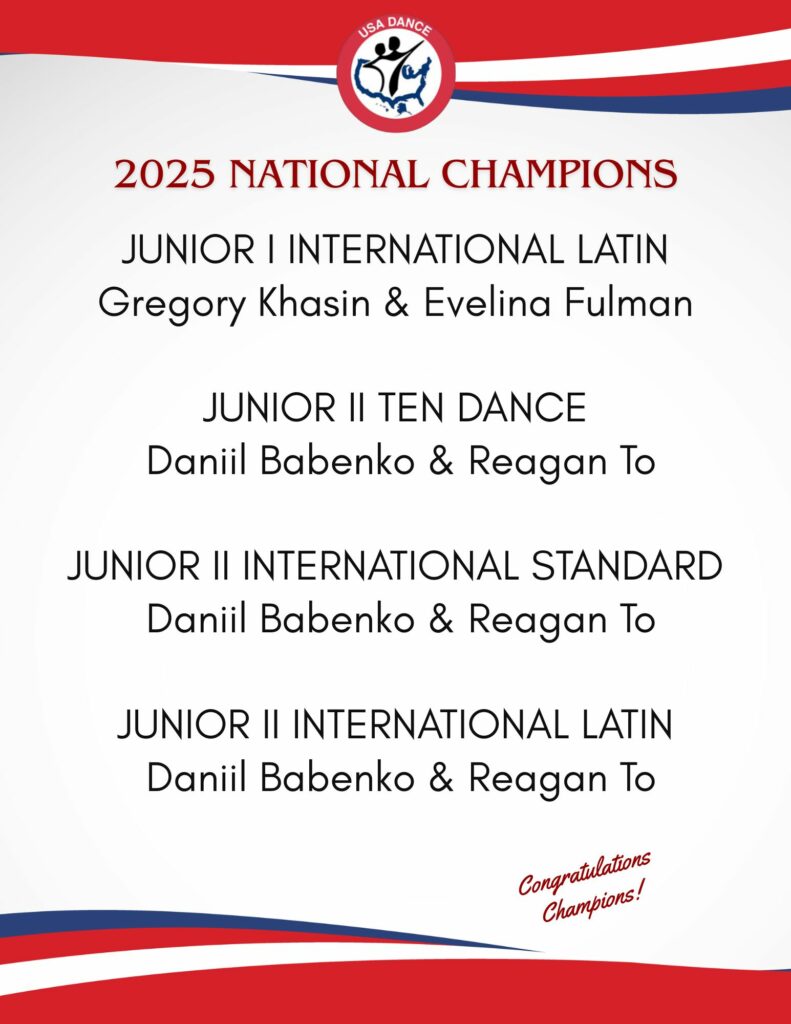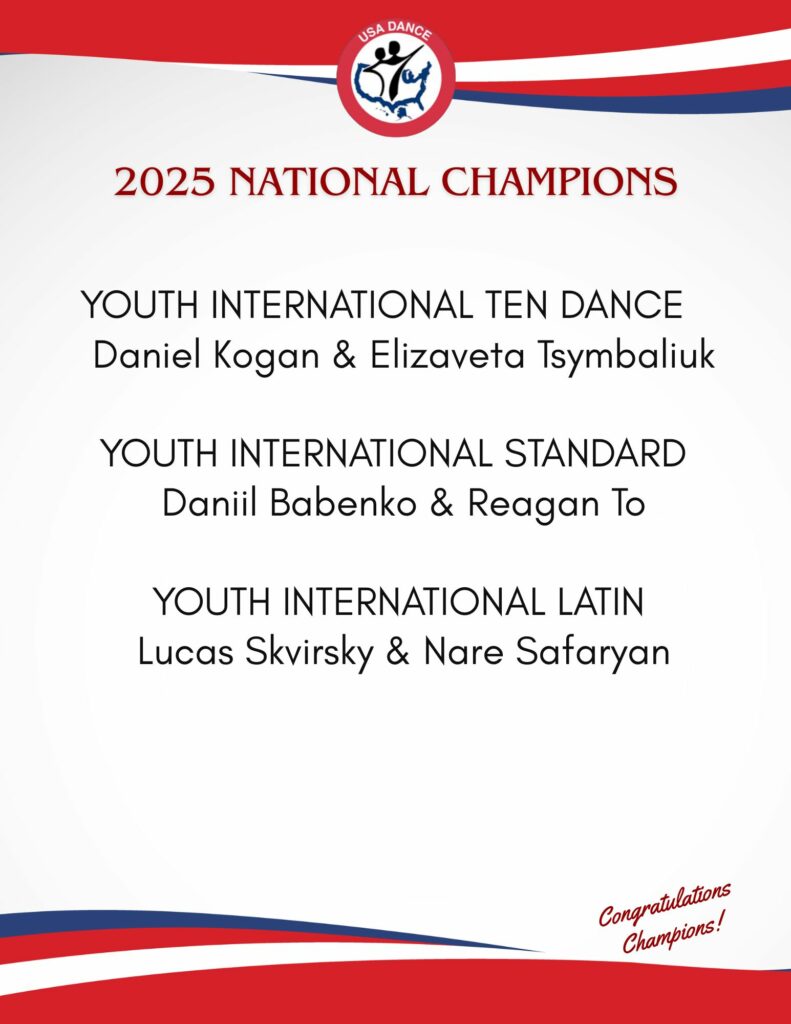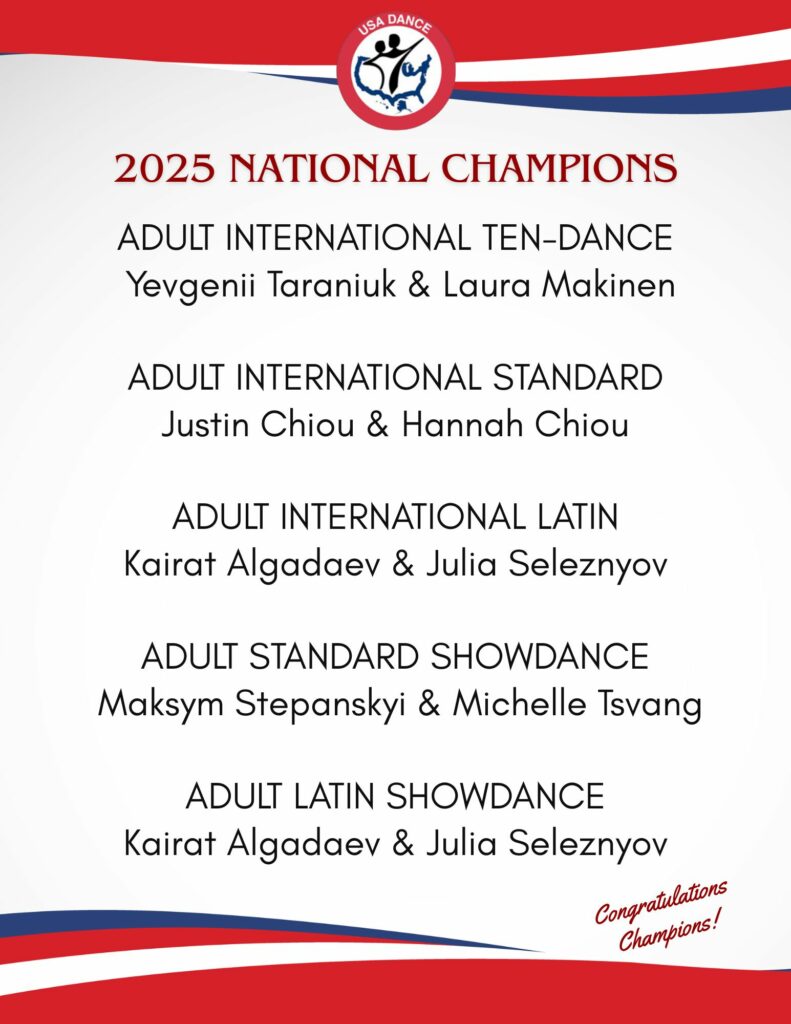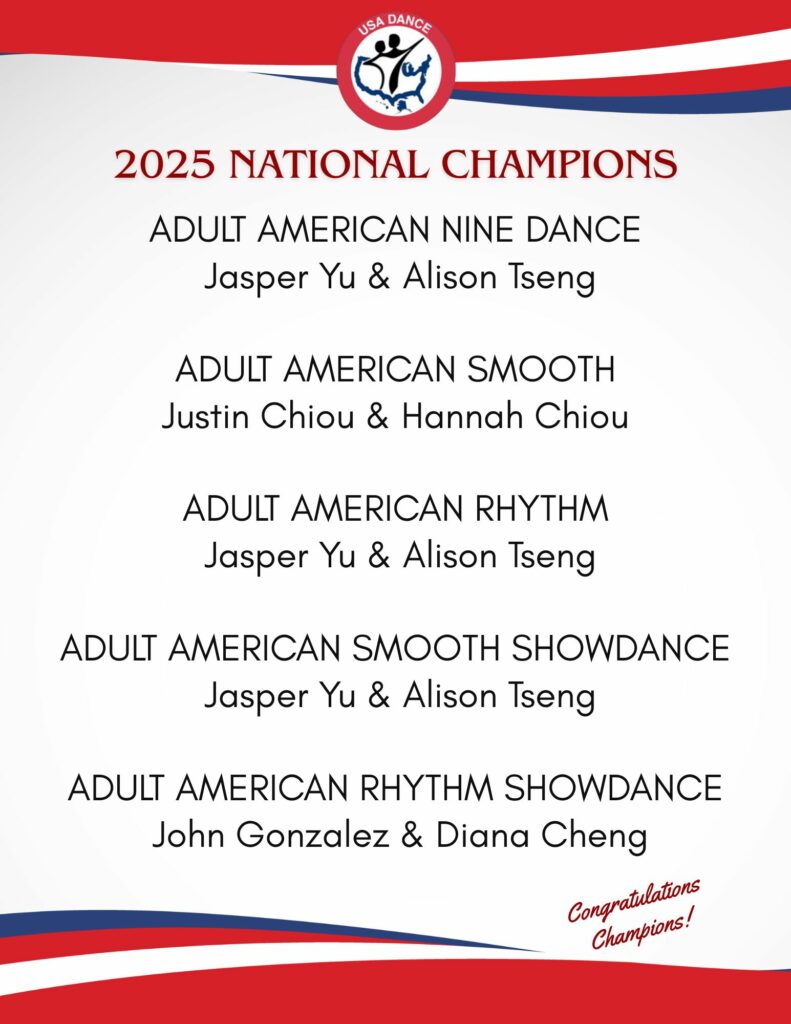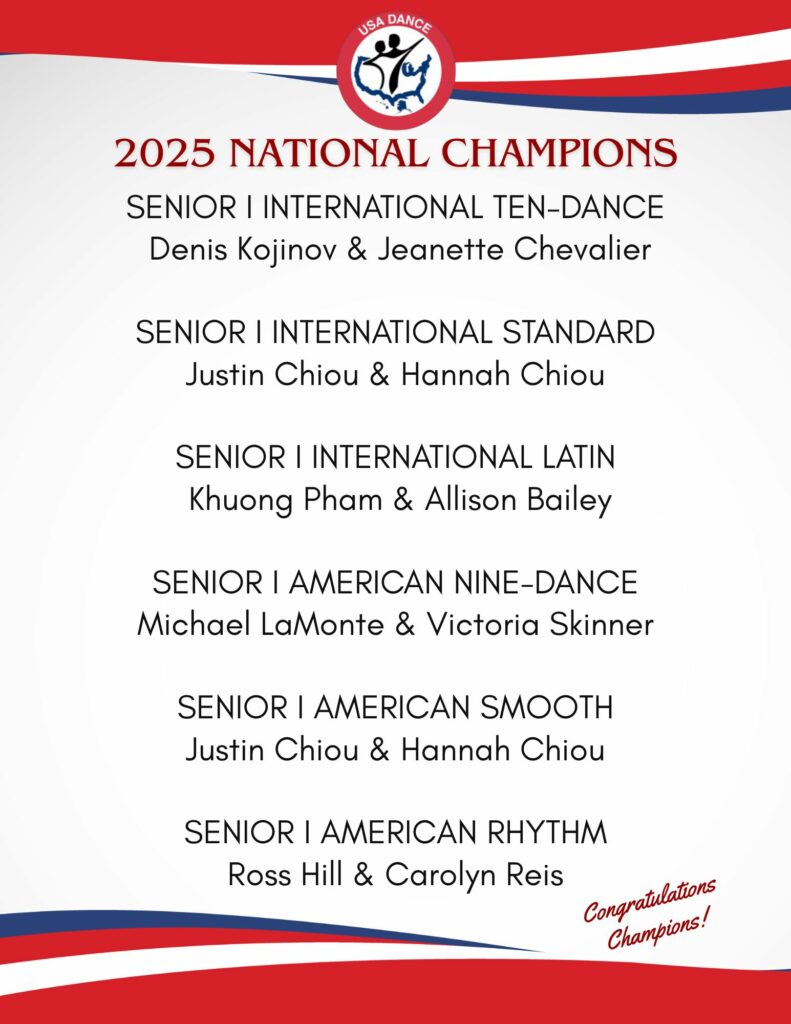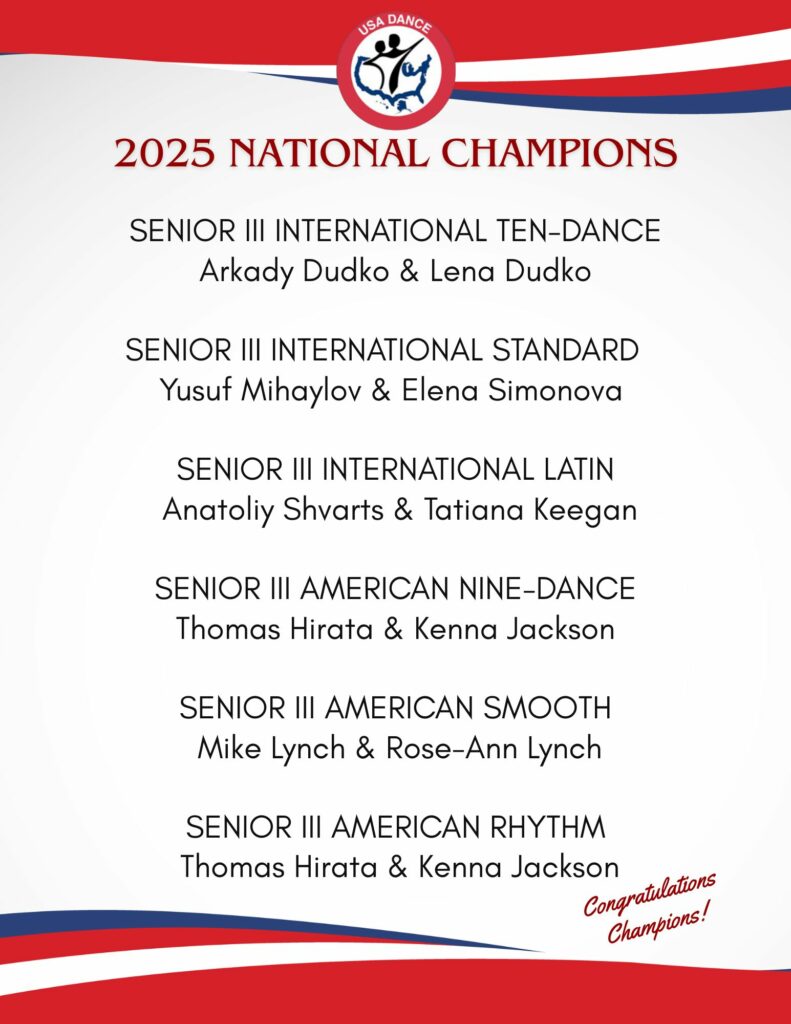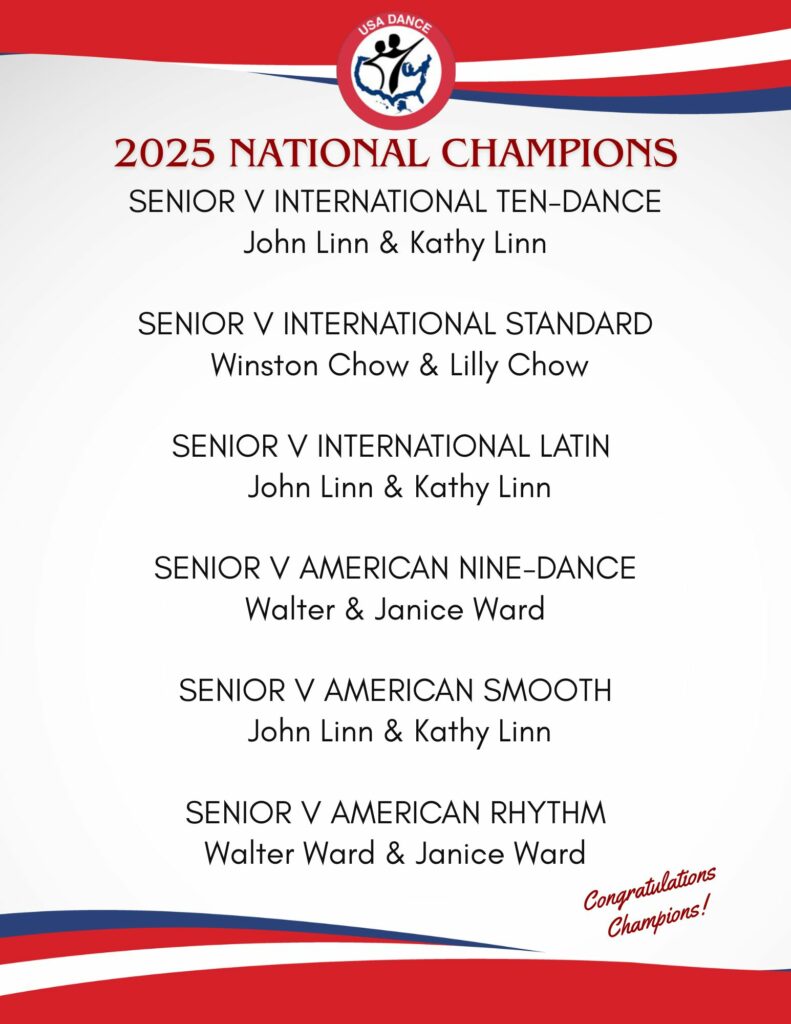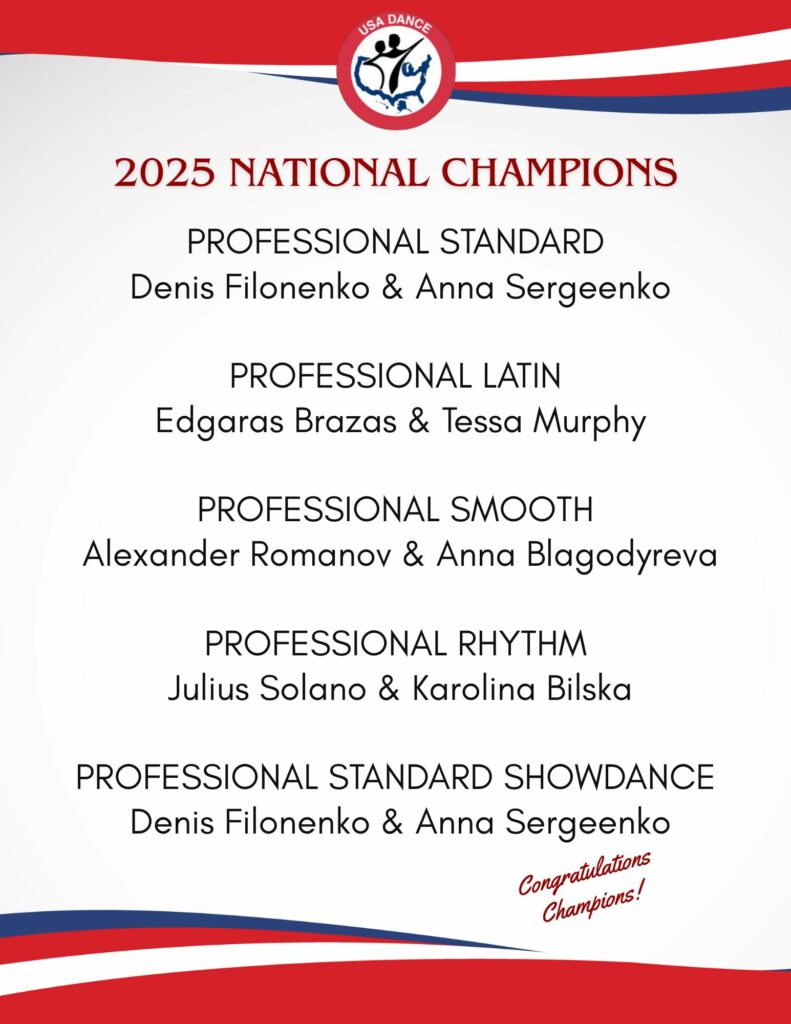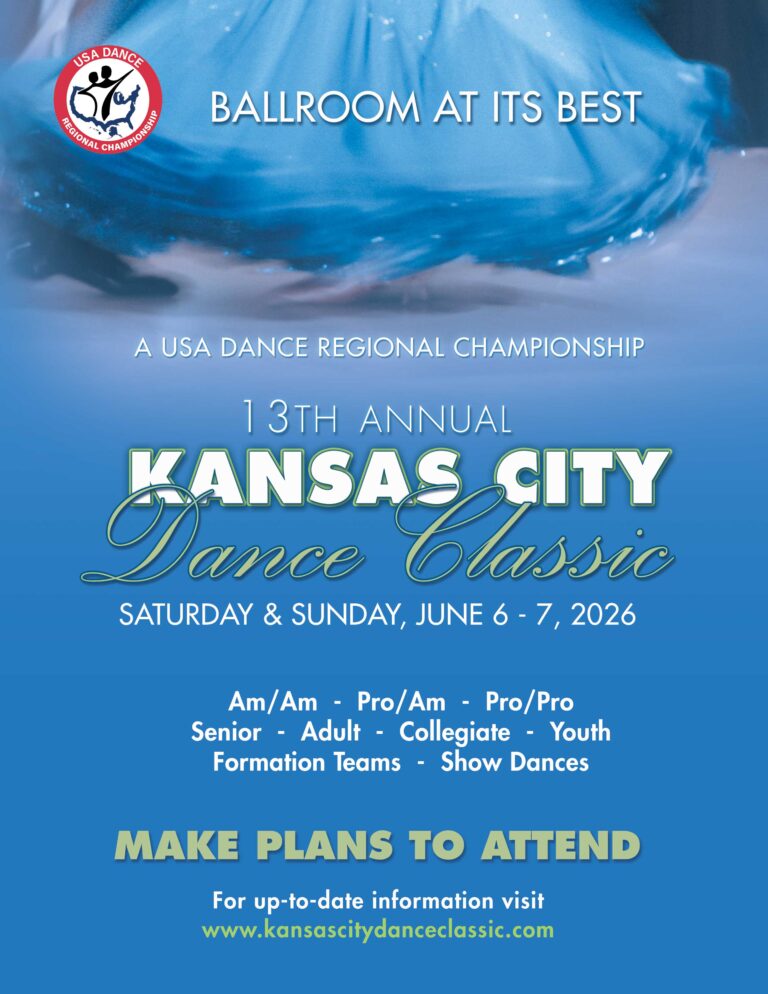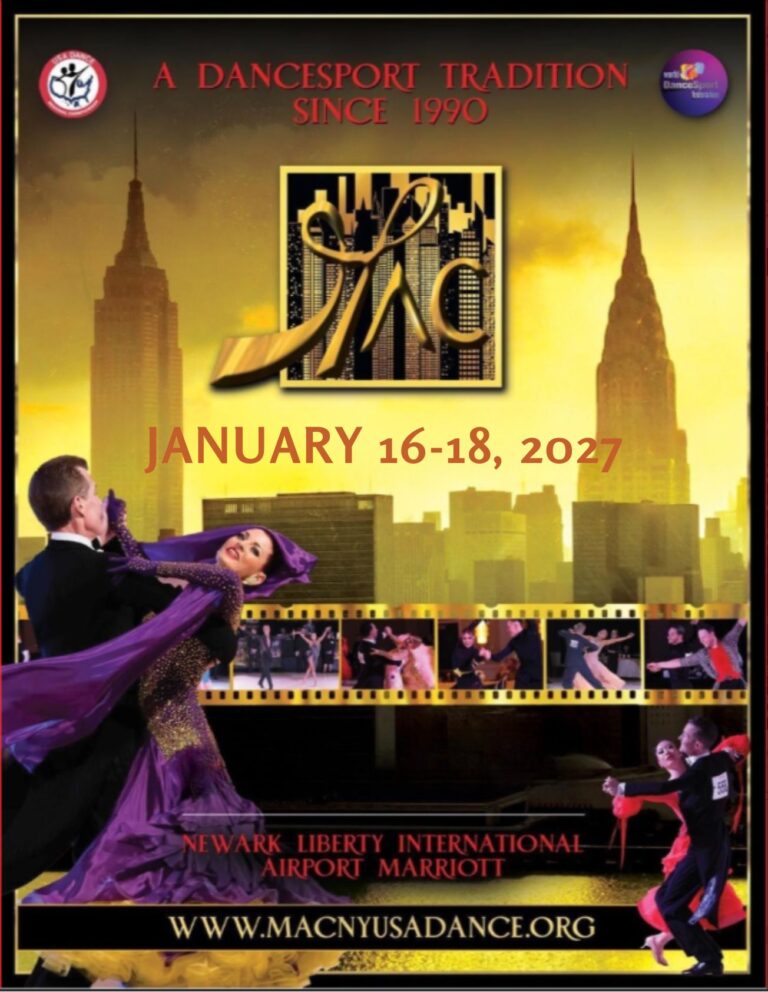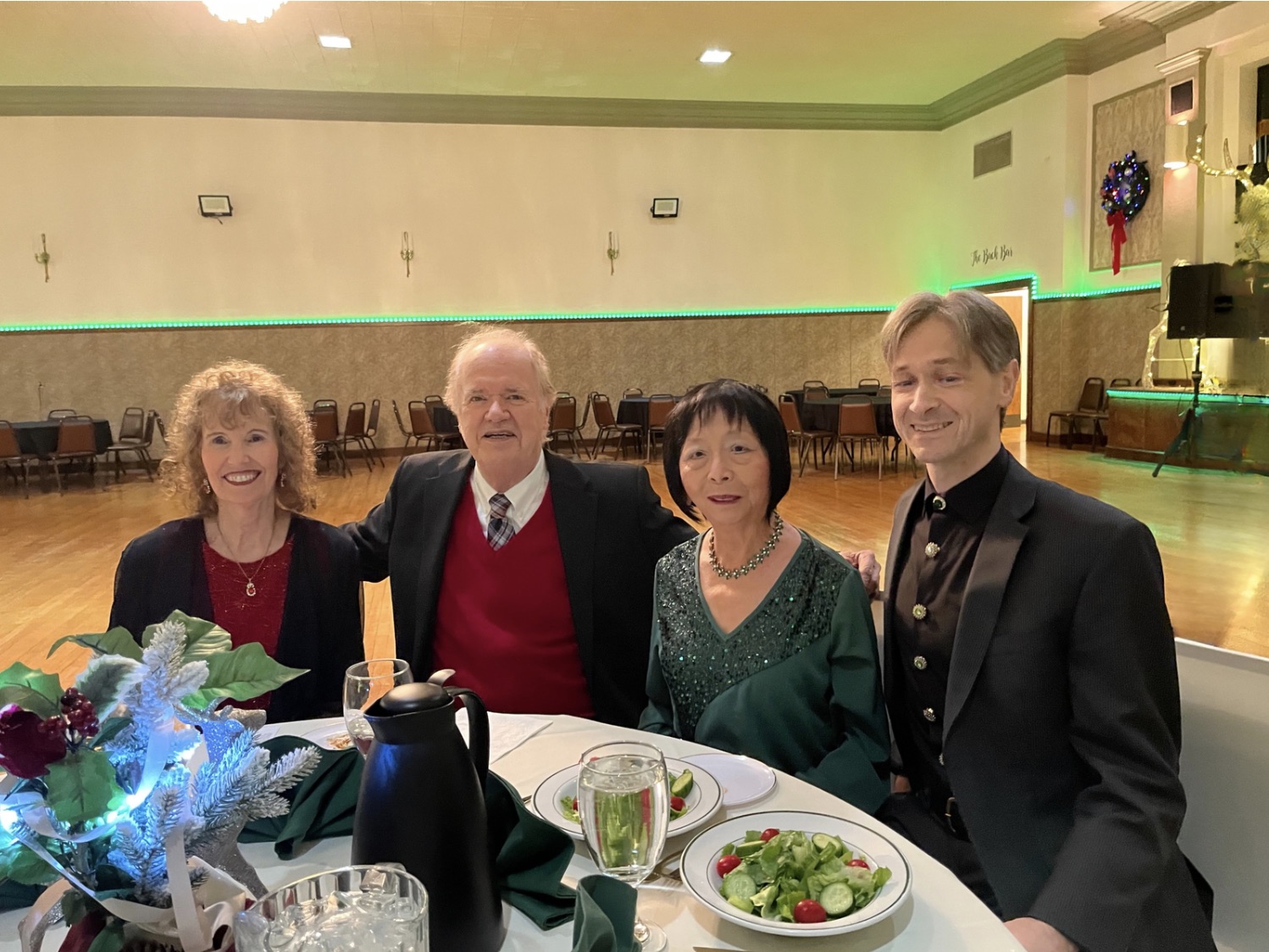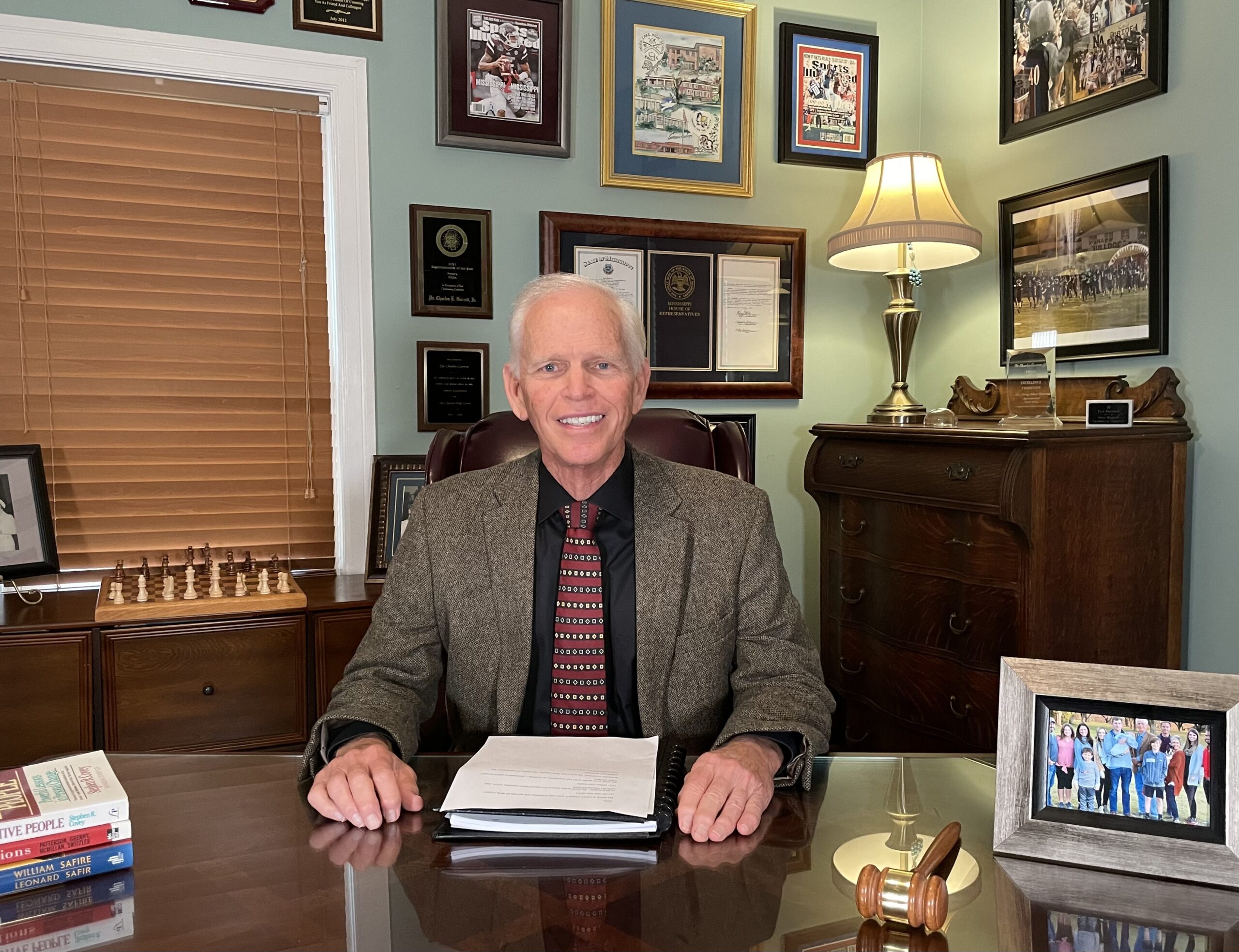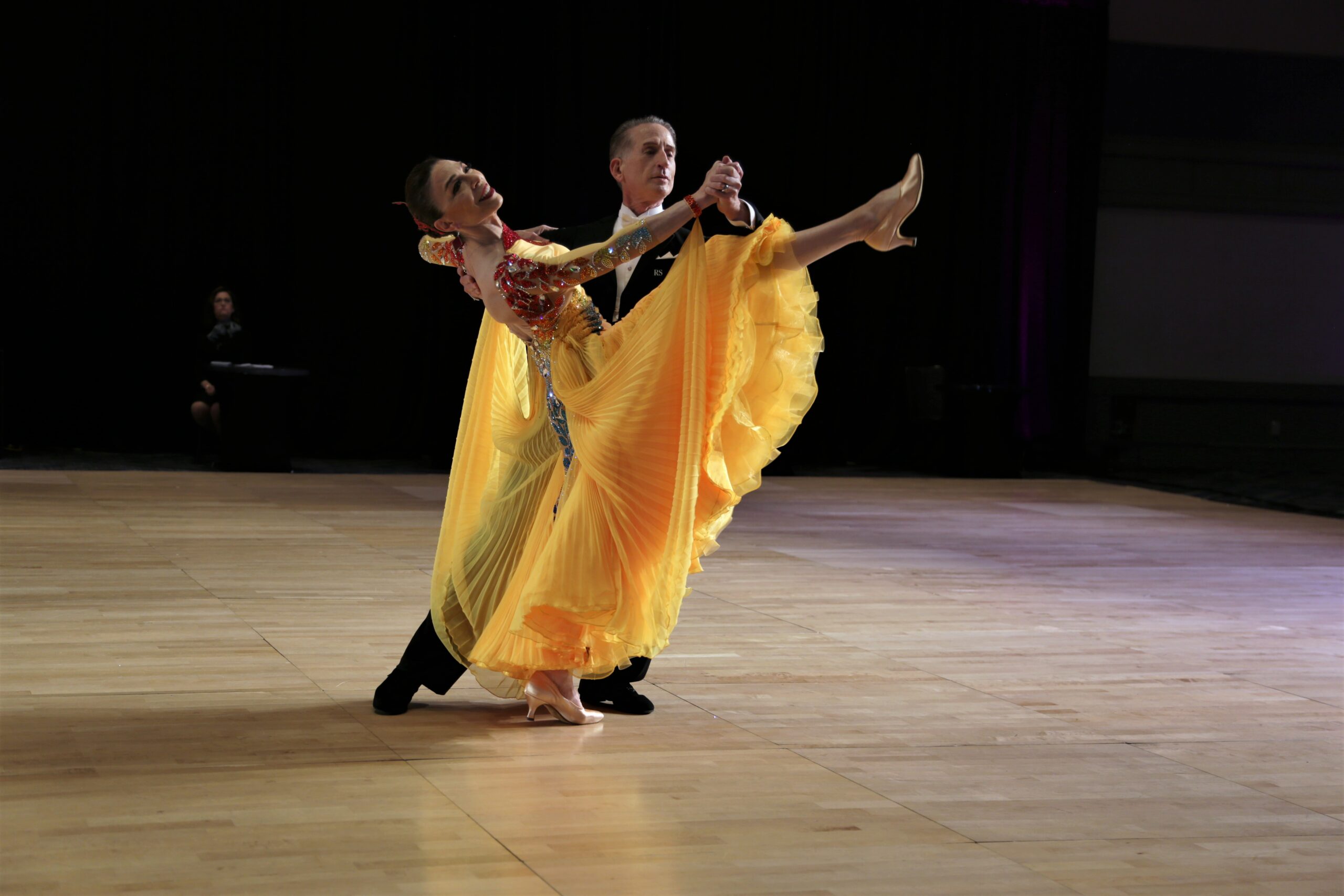Through dance, I have met many positive, caring individuals. Esther is another friend I have added to my list. She is outgoing, trustworthy, respectful, and makes a positive difference in people’s lives.
USA Dance is a 501(c)(3) nonprofit organization built on volunteers. It has 120 chapters and over 6,300 members. Its mission is “to improve quality and quantity of dance in the United States.” and it helps dancers connect.
Did you know that there are countries that ban some dances? In 1949 the communist party came to rule China, and in 1999, the Chinese government banned Shen Yun Performing Arts from performing because of its association with Falun Gong. Gong is a religious cultural movement that represents hope for compassion, truthfulness, and forbearance. Today, the Shen Yun performers come to the United States to have the freedom to dance.
In America, our constitution protects our freedoms of speech and religion, and we have the freedom to dance. Dance allows one to express emotions. It is therapy for the soul and a way to celebrate and escape the pressures of life. Some of our ancestors believed that dance was needed for world peace.
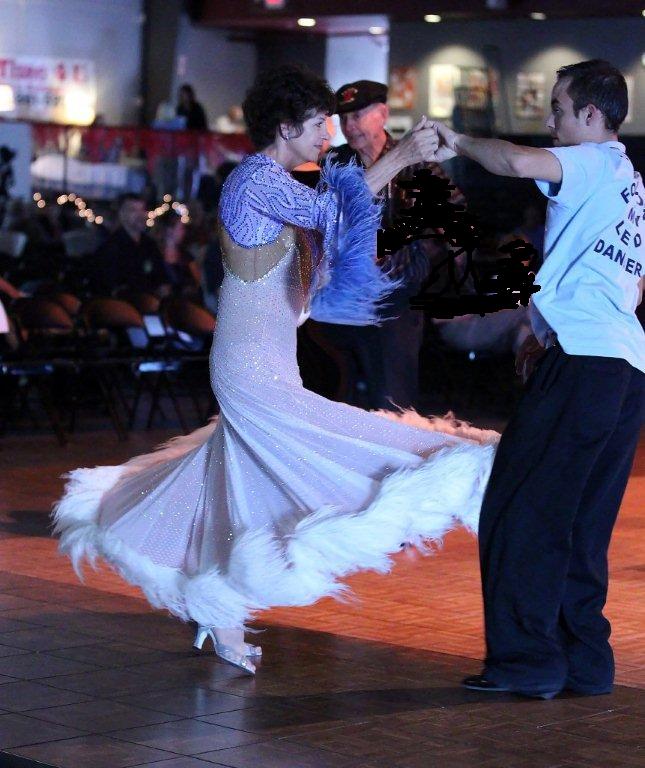
Esther Freeman’s story covers the many benefits of becoming a USA member volunteer. It changed her life by providing her with a sense of purpose. She has a passion for dance and uses her talents to improve her emotional, physical, and mental well-being for herself and others. She has sparked a ripple effect of happiness and made a positive difference for others. Devoted, she has given her time, which can average around ten hours per week, to USA Dance for 30 years.
In 1992, Esther’s life drastically changed. Her youngest daughter graduated from UCLA, Esther and her partner sold a very lucrative sales company in Silicon Valley, California, and life as she knew it was over. The closing documents for the business and her partnership with her husband went into the trunk of her car. At fifty years old, she was alone, heartbroken, and free for the first time in her life to make her own decisions. She went to an Arthur Murray Dance Studio and signed a contract for a series of dance lessons that she also threw into the trunk of her car. Spending several hours a week in the arms of a handsome young instructor named Bobby Gonzales, Esther learned to social dance, which was just what she needed to make a lifestyle change. She quickly became a social dancer and gained the confidence to find new opportunities to meet and socialize with others.
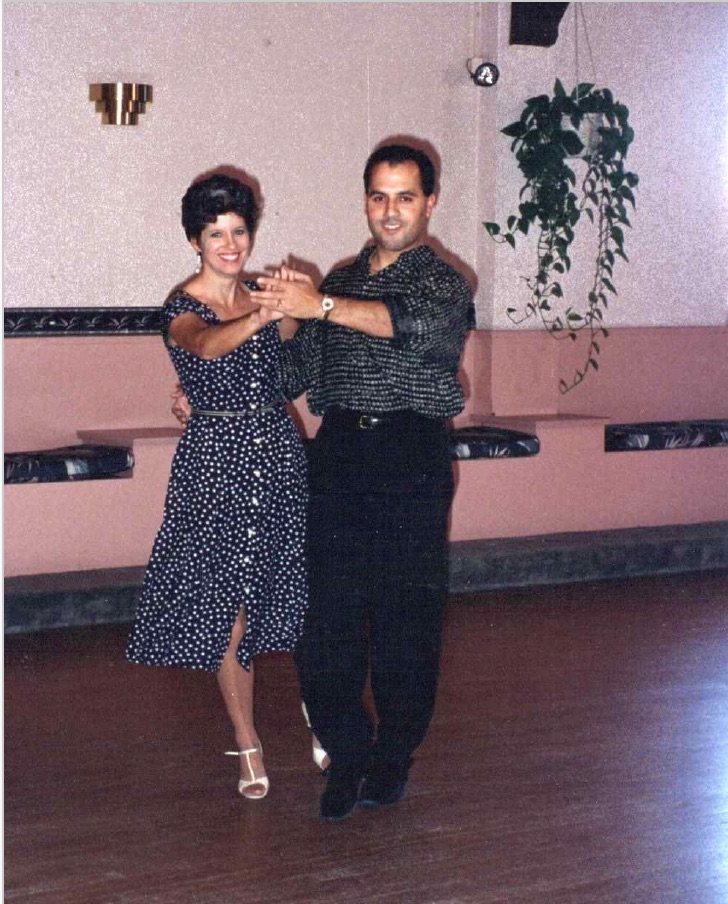
After moving from California to Medford, Oregon in l995, Esther saw an ad for USA Dance (USABDA at the time) in a magazine called Dancing USA, published by Doris Pease. She immediately called the 800 number and talked to Mary Schaufert, USABDA’s Central Office Manager. Mary helped her start a chapter in Medford, Oregon. Twelve people showed up for the organizational meeting and several months later, she held her first dance at the Medford Senior Center. Over 100 people attended the event, and she registered 80 new USA Dance members. She built a community of dancers, and the Southern Oregon Chapter remained active for over 20 years. Starting a new dance chapter gave Esther a sense of purpose and provided her with emotional relief and lifetime friends in her new community. She used her talents to bring people together to have fun and dance.
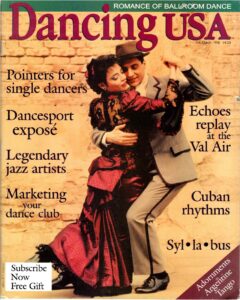
The same year she started the chapter she volunteered to be the National Secretary. During her 30 years as a USA Dance member, she served as National Secretary, Senior Vice President, President, and three times as Treasurer, in addition to serving in every position at her local chapter in Oregon. She is one of the longest-serving members of USA Dance; dance is her passion; and it doesn’t stop with USA Dance.
Esther also currently runs a dance club for seniors in Medford, Oregon. The Social Benefit Dance Club has been meeting every Tuesday afternoon since 1930. It started during the Depression to help community members stay in touch and help each other when needed. It made the Depression years bearable. Currently, Esther’s Tuesday afternoon dance is the only game in town. Seniors enjoy a weekly social, get together, dance to live music, bring a dish for a potluck, and celebrate birthdays. Members’ ages range from mid-60s to l04. Many do not drive at night; therefore, it’s important they be home before dark.

In 1995, the Internet was not available, and there was a charge for every long-distance call. However, travel was relatively inexpensive. The National staff met at various locations twice every year to hold Governing Council Meetings. Everyone arrived early Friday and locked themselves in a conference room for the weekend. They were a hard-working group of volunteers who valued teamwork. Everyone contributed their time and talents to decide on goals and plans for the organization. During this time, their work expanded to include meetings with the Olympic Committee. Their focus was to bring ballroom dancing into the Olympics. History was made this year when “Youth Breaking” was accepted into the Olympics. Esther often reflects on the fun friendships made as they all danced together along the way.

It’s an Internet world today. Everything is instantaneous as we circulate information to inform or solve problems. Board meetings are held on Zoom. The National volunteers no longer submit reimbursement requests for long-distance phone calls or travel expenses for face-to-face meetings. Today, some of our communication with others is through Facebook, Facetime, Twitter, Instagram, WhatsApp, Email, Text and an occasional phone call. Per our Managing Editor, Rose-Ann Lynch, “Are you reading American Dancer? You should!” Esther has saved every one of the printed issues of American Dancer, which has gone through several title revamps.
Recently, over a glass of wine, Esther reflected on the value of her friendships and evening gatherings. She believes working face-to-face and building friendships made it easier to work as a functioning committee. She noted that the basic qualities of serving as a volunteer have not changed. “I still try to do the right thing for the organization in a respectful way. I follow the laws and regulations and work for the best interests of all members.”

Esther feels it is important to attract new members, especially younger dancers, and to show we are a dance organization that cares for everyone. She says, “It’s still a fact, 30 years later, after signing the contract with Arthur Murray Studio in San Jose, California, spending time in the arms of a dancing stranger was still a good use of my time.” USA Dance has enriched her life. She has danced all over the country in many different locations with partners of all ages and skill levels since she joined the organization. The contributions of many volunteers like Esther make it possible for this amazing nonprofit organization to succeed.

Dance is magic! We put our differences aside, unite, celebrate life, and dance, dance, dance!
Help make a difference in someone’s life, ask them to join USA Dance. For further information, go to https://usadance.org/page/member.
If you have a story to share about being a member or how volunteering changed your life, please contact Managing Editor Rose-Ann Lynch at Americandancer@usadance.org .


